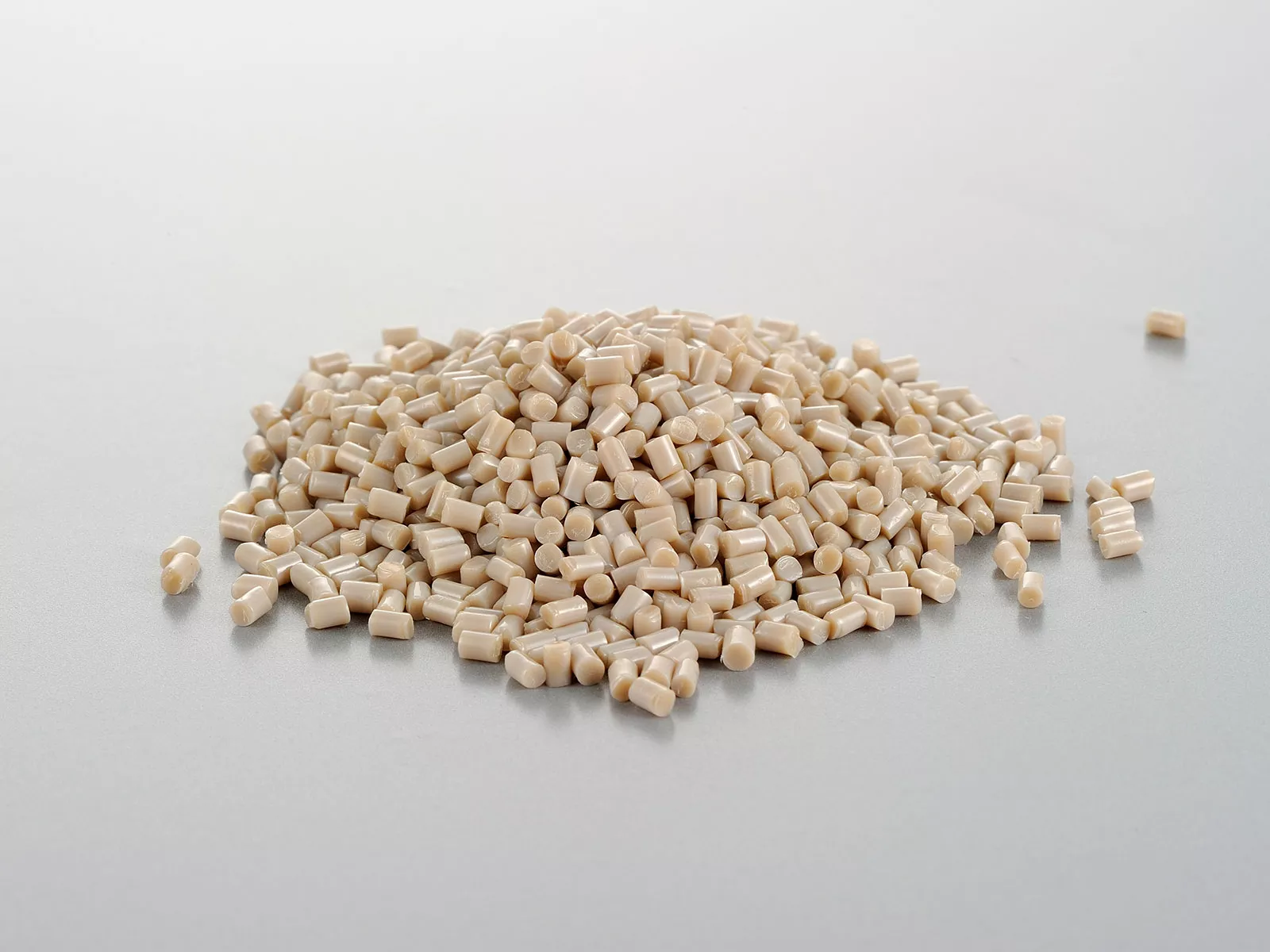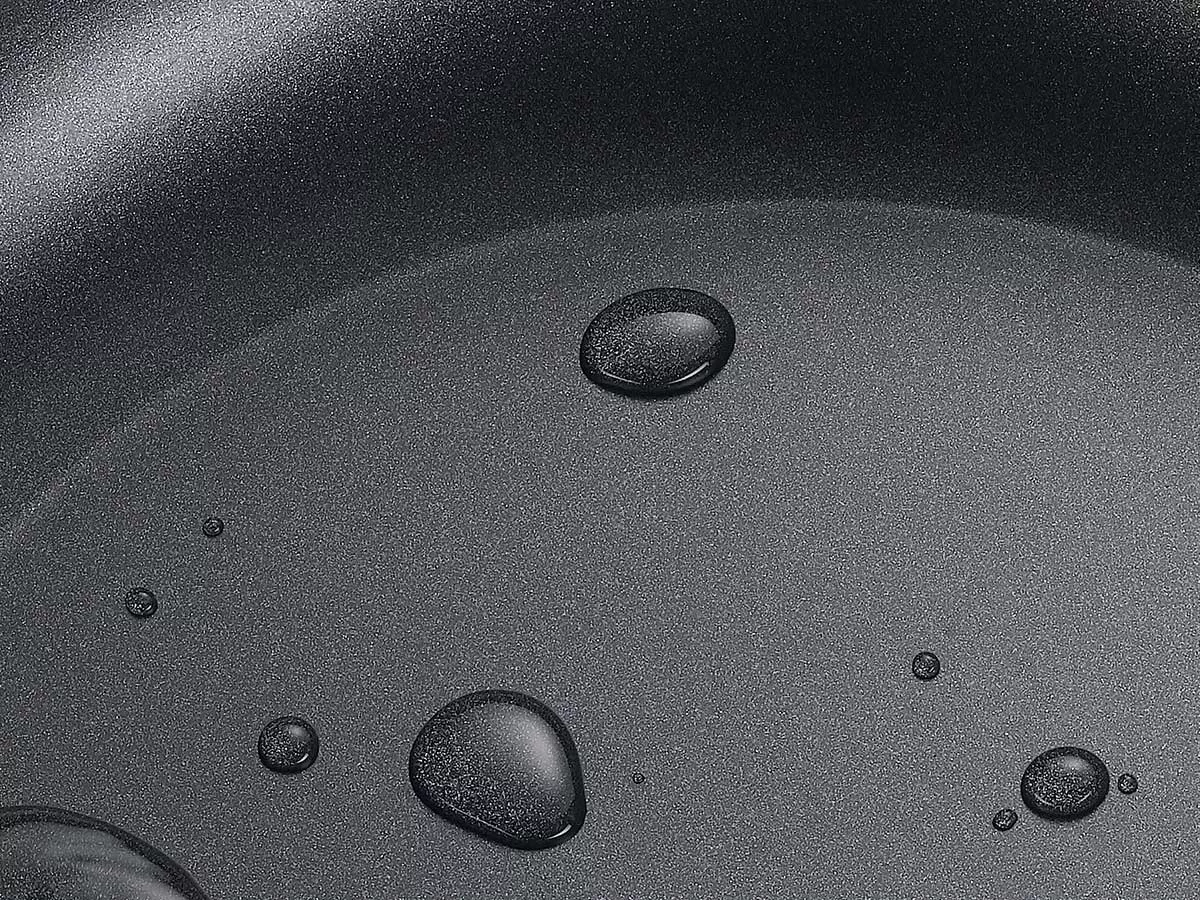When it comes to non-stick cookware, two chemical terms often come up: PTFE and PFOA. These substances have been topics of discussion for both cooking enthusiasts and health-conscious consumers. In this article, we will explore what PTFE and PFOA are, delve into the regulations surrounding them, and address common safety concerns associated with PTFE in cookware.
What is PTFE?
PTFE, or Polytetrafluoroethylene, is a synthetic fluoropolymer of tetrafluoroethylene that has numerous applications, most famously as a non-stick coating for pans and other cookware. It was discovered by accident in 1938 by chemist Dr. Roy Plunkett. The most well-known brand name of PTFE is Teflon, which is produced by Chemours (formerly part of DuPont).
PTFE is valued in the culinary world for its high melting point and non-reactive properties, making it ideal for cooking applications where a non-stick surface is essential. Beyond cookware, PTFE is also used in industries like aerospace for its resistance to heat and chemical reactiveness.
What is PFOA?
Perfluorooctanoic Acid (PFOA), also known as C8, is another synthetic chemical. It was primarily used in the manufacturing process of fluoropolymers, including PTFE. However, unlike PTFE, PFOA has been the subject of health concerns due to its persistence in the environment and in the human body.
PFOA has been detected in the blood of people all over the world, as well as in wildlife. The concerns are significant enough that it has been phased out by major manufacturers and regulated by authorities due to its potential health risks, which include possible links to kidney and testicular cancer, liver damage, and developmental issues.
Regulations of PTFE and PFOA
In response to growing health concerns, the Environmental Protection Agency (EPA) initiated the PFOA Stewardship Program in 2006, which invited major chemical manufacturers to commit to reducing PFOA release and its presence in products. By 2015, many companies had voluntarily phased out emissions and product content levels of PFOA in the USA.
As for PTFE, it is not subject to the same stringent regulations because it does not pose the same health risks as PFOA. PTFE itself is considered stable and non-toxic under typical cooking temperatures. However, regulatory bodies continue to monitor the safety of all chemical substances used in consumer products to ensure public safety.
PTFE is famous for its use in non-stick cookware, providing ease in cooking and cleaning. However, concerns have been raised about the safety of PTFE when it is overheated, as it can release toxic fumes.
In response to these concerns, regulatory actions have primarily targeted the chemicals used in the production of PTFE, like Perfluorooctanoic Acid (PFOA), rather than PTFE directly. PFOA, a key processing agent in manufacturing PTFE, has been the subject of significant scrutiny. The U.S. Environmental Protection Agency (EPA) initiated the 2010/2015 PFOA Stewardship Program, where major manufacturers agreed to phase out the use of PFOA and related chemicals by 2015 and to reduce emissions and product content levels of these chemicals.
While PTFE itself is not specifically regulated, the move away from PFOA in its production process marks a critical step in reducing the potential health risks associated with PTFE products. This change reflects a broader industry trend towards safer and more sustainable manufacturing practices, ensuring that products made with PTFE are safer for both consumers and the environment.
Is PTFE Nonstick Coating Safe?
The question of safety in nonstick coatings mainly revolves around the stability of PTFE when used in cookware. Under normal cooking conditions, PTFE-coated pans are considered safe as the coating remains stable. It only starts to deteriorate at temperatures above 570°F (300°C), at which point it can release fumes that can cause flu-like symptoms in humans—commonly known as polymer fume fever. It is generally advised to cook on medium or low heat to avoid reaching temperatures that degrade PTFE.
Is PTFE Toxic in Pans?
When heated to high temperatures, PTFE can emit fumes that may be harmful to birds and cause mild symptoms in humans, but it is not considered toxic in everyday use.
It's essential to use PTFE-coated cookware according to the manufacturer's guidelines, including not preheating pans at high temperatures and using proper ventilation to avoid inhaling any fumes.
Is PTFE Safe for Cookware?
Yes, PTFE is safe for cookware when used correctly. The key to safety is not exceeding the recommended temperatures. PTFE coatings provide an excellent non-stick surface that reduces the need for oil or butter, making it a popular choice for health-conscious cooks looking to reduce their fat intake. However, it's essential to regularly check non-stick cookware for scratches or wear. Damaged cookware should be replaced, as flaking coating can mix with food.
Conclusion
In conclusion, while both PTFE and PFOA are fluoropolymers used in various applications, their safety and environmental impacts are significantly different. PTFE is safe for cookware as long as it's used within the manufacturer’s guidelines, while PFOA has been phased out due to health concerns. As with any cooking tool, proper usage and maintenance are key to safety and longevity. Understanding these differences helps consumers make informed decisions about the products they use every day, ensuring both health and satisfaction in the kitchen.





